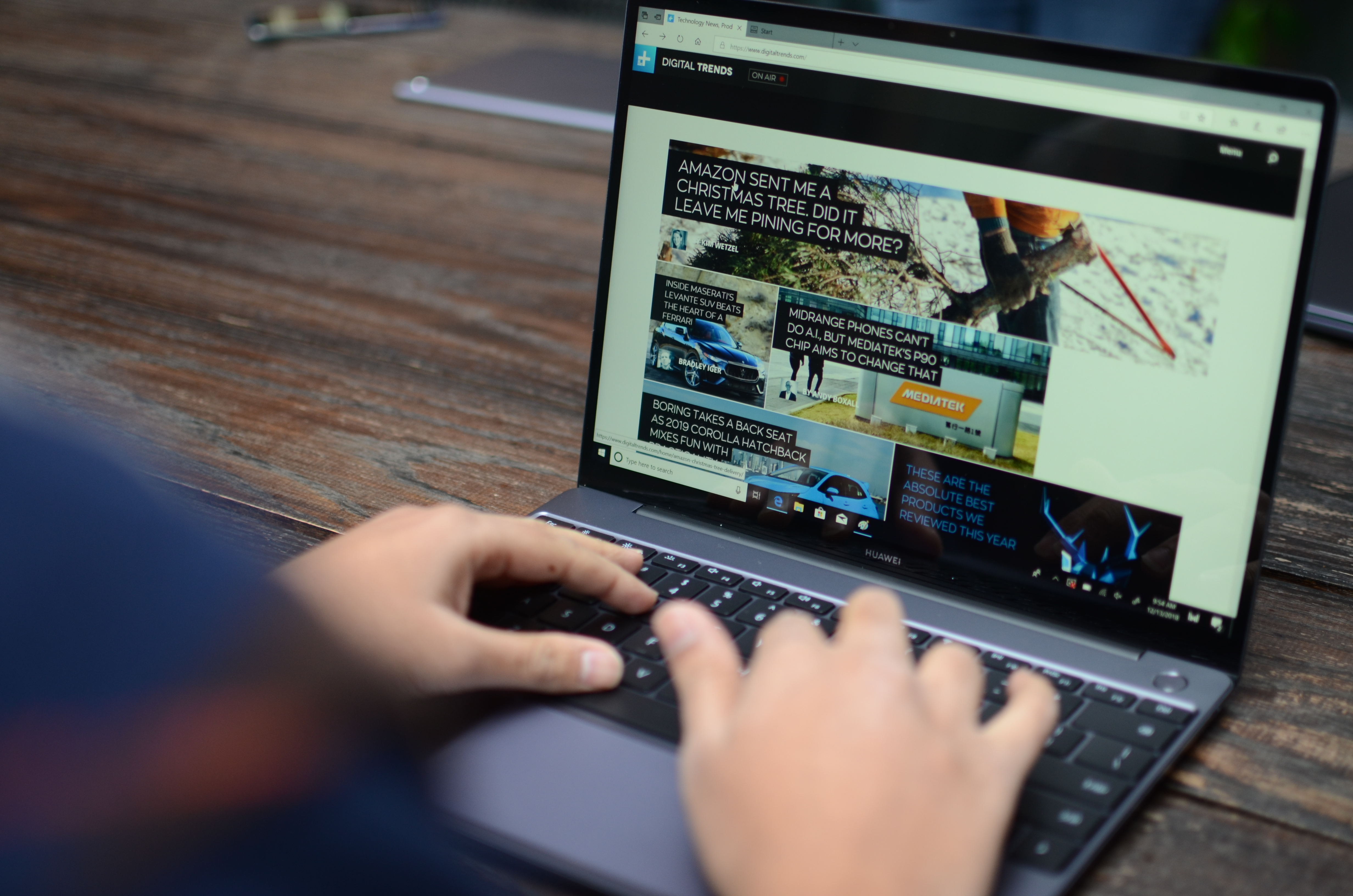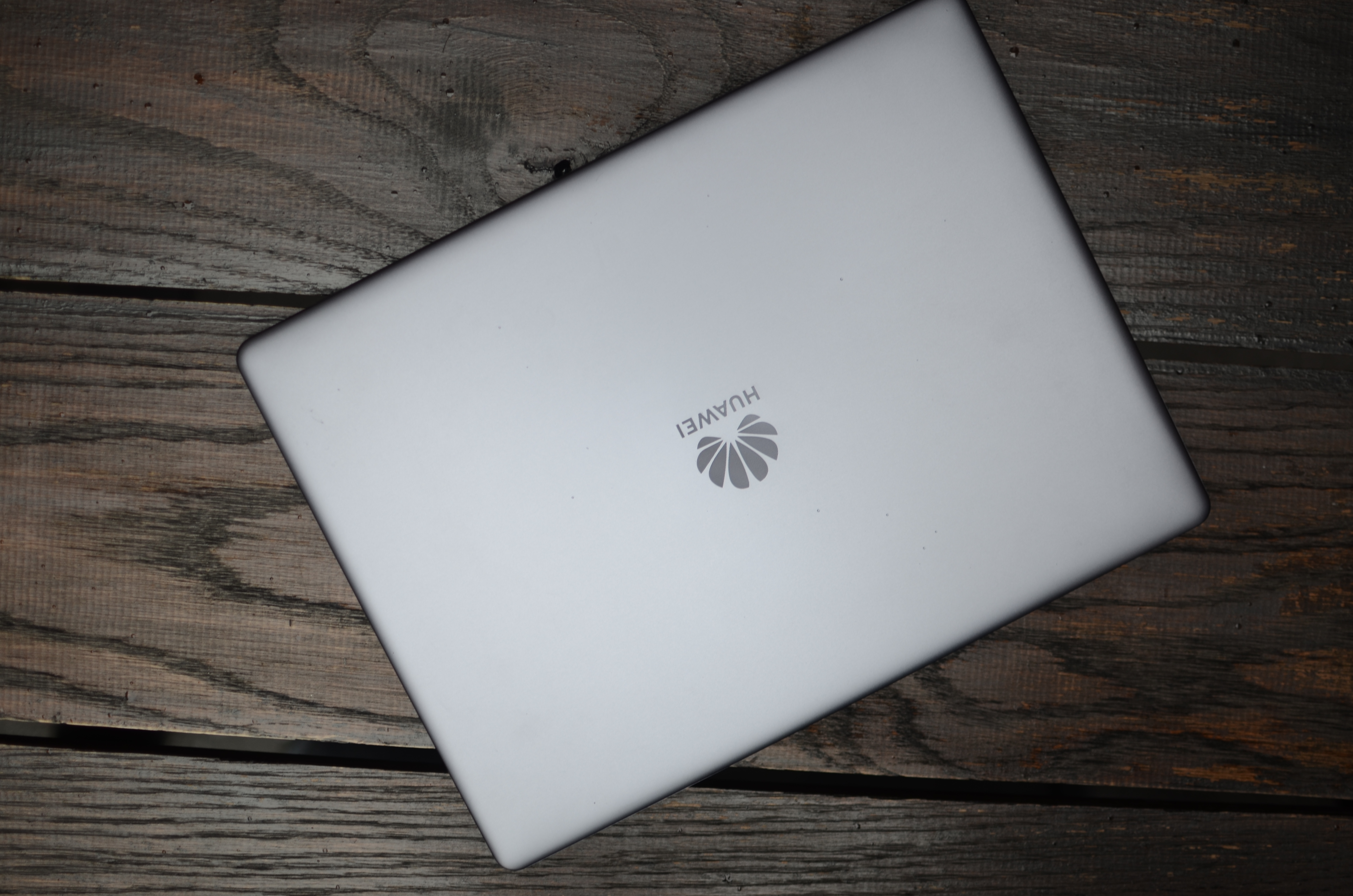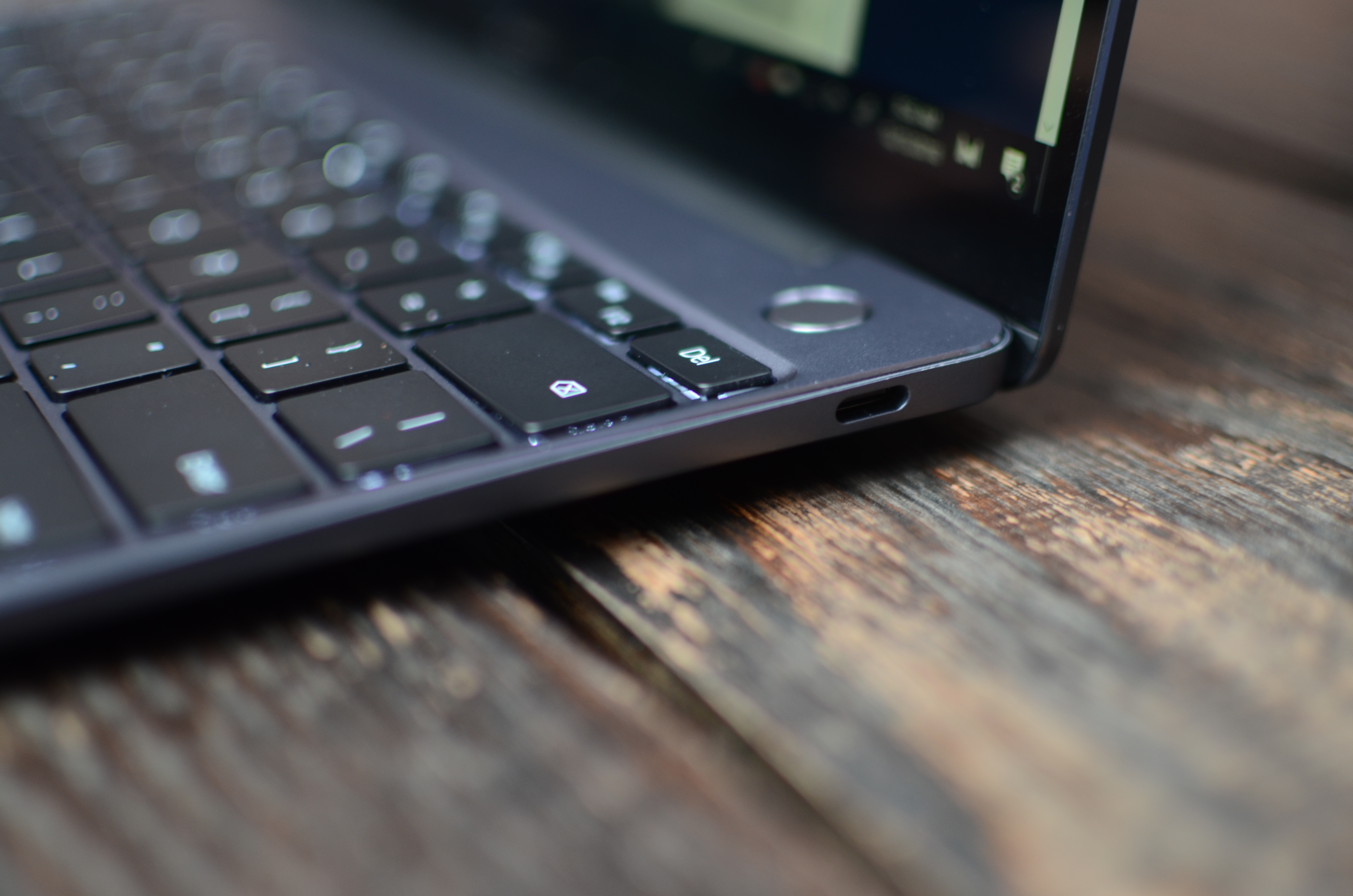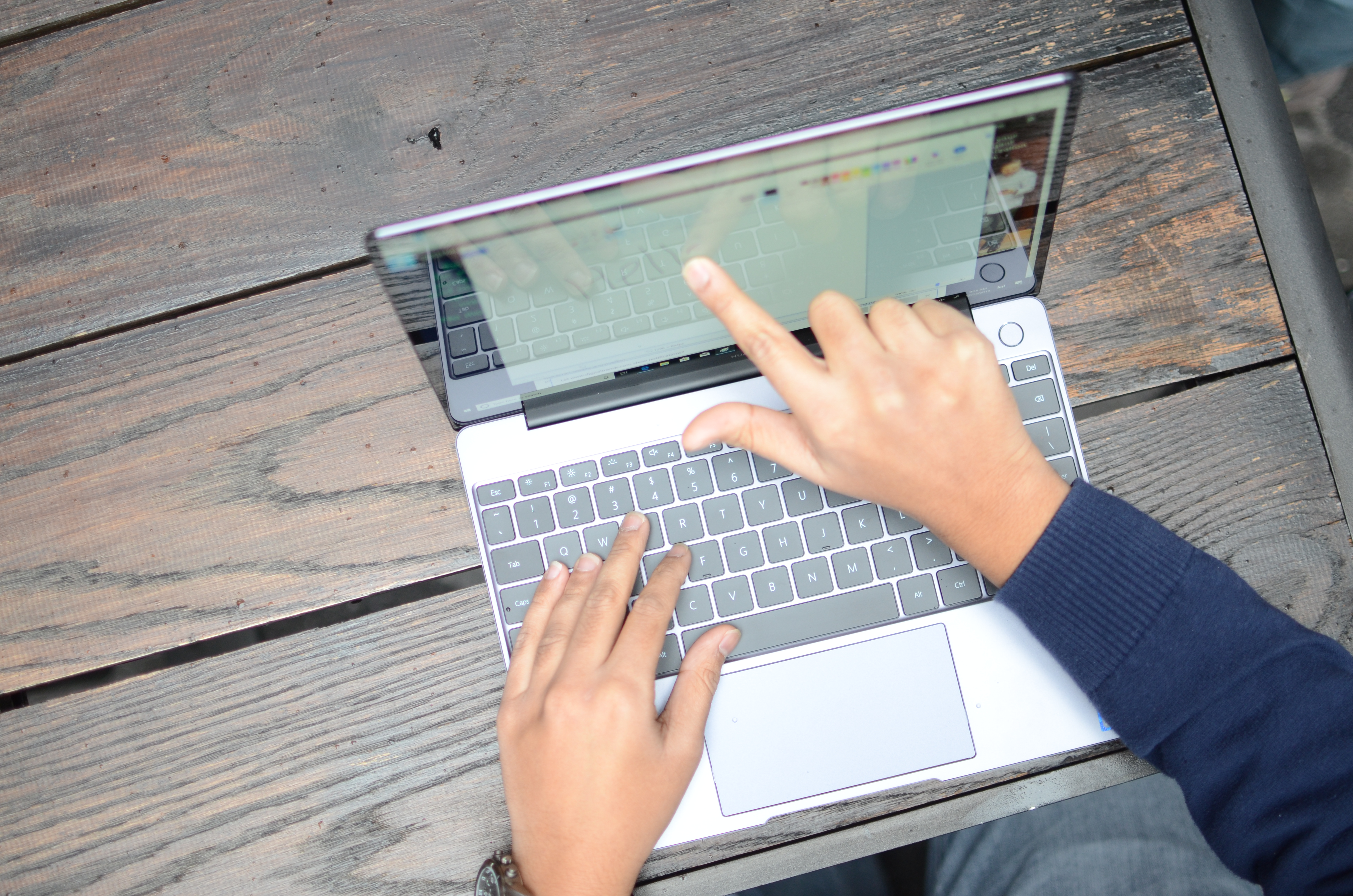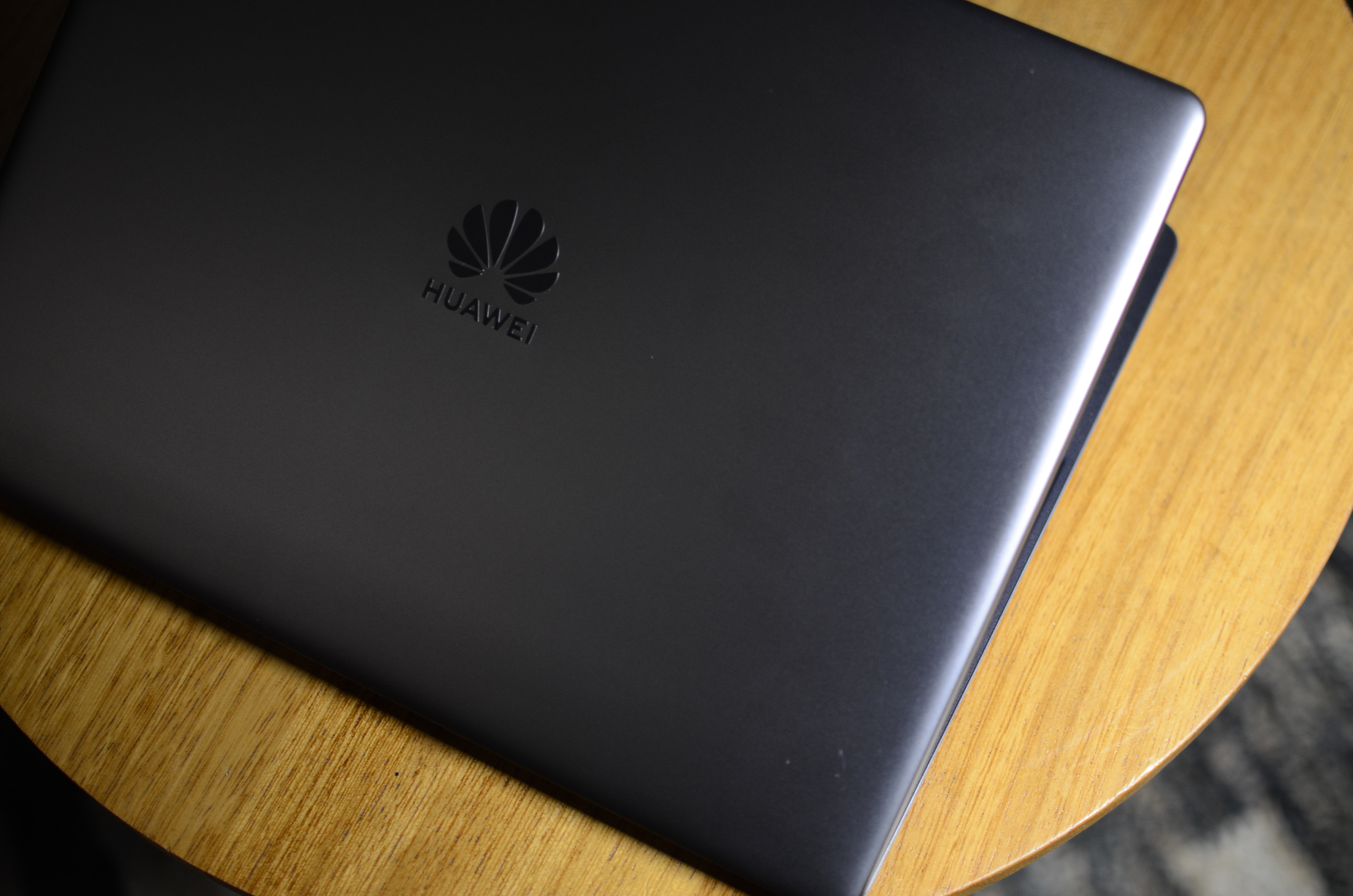At CES 2019, Huawei is taking on Apple’s latest MacBook Air. The company famous for its phones and tablets is introducing the MateBook 13, sitting in between the ultra-slim MateBook X, and the budget-friendly MateBook D. Previously announced in China, it’s now coming to the United States.
More CES 2019 coverage
- Our CES 2019 Hub: The latest news, hands-on reviews, and more
- Huawei MateBook 13: Our hands-on review
- Acer Swift 7 dazzles with near-borderless touch display, weighs under two pounds
With a height and width of 8.31 inches x 11.26 inches, Huawei’s new MateBook 13 is being dubbed as 6 percent smaller than the latest MacBook Air. Compared to the 82 percent screen to body ratio on the MacBook Air, Huawei edges it out at 88 percent, and its touchscreen display has a resolution of 2,160 x 1,440, or 200 PPI.
The thickness of the laptop is also slightly thinner than Apple’s latest offerings, coming in at 0.59 inches compared to the 0.61 inches on the MacBook Air. As for the weight, Huawei’s MateBook 13 is a bit heavier, coming in at 2.86 pounds on models with a discrete GPU, or 2.82 pounds without. Apple’s MacBook Air is 2.75 pounds.
Elsewhere, the MateBook 13 is packing a 3:2 aspect ratio display, with bezels only 4.4mm thick. The display comes equipped to handle 100 percent of the sRGB color gamut, at a maximum brightness of 300 nits. On the inside, the MateBook 13 is powered by the 8th generation Intel Core i5-8265U or Core i7-8565U processor. These are the newest generation available from Intel.
Key Specs
- Display: 13 inch touch, 2,160 x 1,440 resolution 200 PPI
- Dimensions: 8.31 inches x 11.26 inches x 0.59 inches
- Processor: Intel Core i5-8265U or Intel Core i7-8565U
- Storage: 256GB NVMe PCIe SSD on Core i5, 512GB NVMe PCIe SSD on Core i7
- Graphics: Nvidia GeForce MX 150 (Core i7 model only)
- RAM: 8 GB LPDDR3
- Ports: 2 x USB C, 3.5 mm jack
- Battery: 41.7 watt-hour
These are quad-core processors, so they’re a step up from the MacBook Air, which comes with the dual-core Core i5-8210Y processor on board. The Core i5 model of the MateBook 13 comes with options for a 256GB SSD, and the Core i7 model can be had with Nvidia GeForce MX 150 graphics and a 512GB SSD. All variations come with 8GB RAM.
Features rounding out the MateBook 13 include a 3.5mm headphone jack, two USB-C ports (left for charging and data, right for Display Port,) and a 1-megapixel webcam. There’s also a fingerprint reader built into the power button, which Huawei promises should make for secure logins. Finally, in testing with video playback, battery life is promised at 9.6 hours on the model with a discrete GPU, and 10 hours on a model with the integrated GPU. A dock is also included in the box, expanding connectivity to USB-A, VGA, and HDMI.
The MateBook 13 will be available on January 29 at Amazon and Newegg, with prices starting at $999. The $999 Core i5 Mystic Silver model will come without the discrete GPU and the Core i7 Space Gray model will come with GeForce MX graphics 150 for $1,299.
Editors' Recommendations
- These 6 tweaks take MacBooks from great to nearly perfect
- If you buy one MacBook Air alternative, make it this one
- The case for buying the M2 MacBook Air over the M3 model
- Which color MacBook should you buy? Here’s how to pick
- Why you should buy a MacBook Air instead of a MacBook Pro
